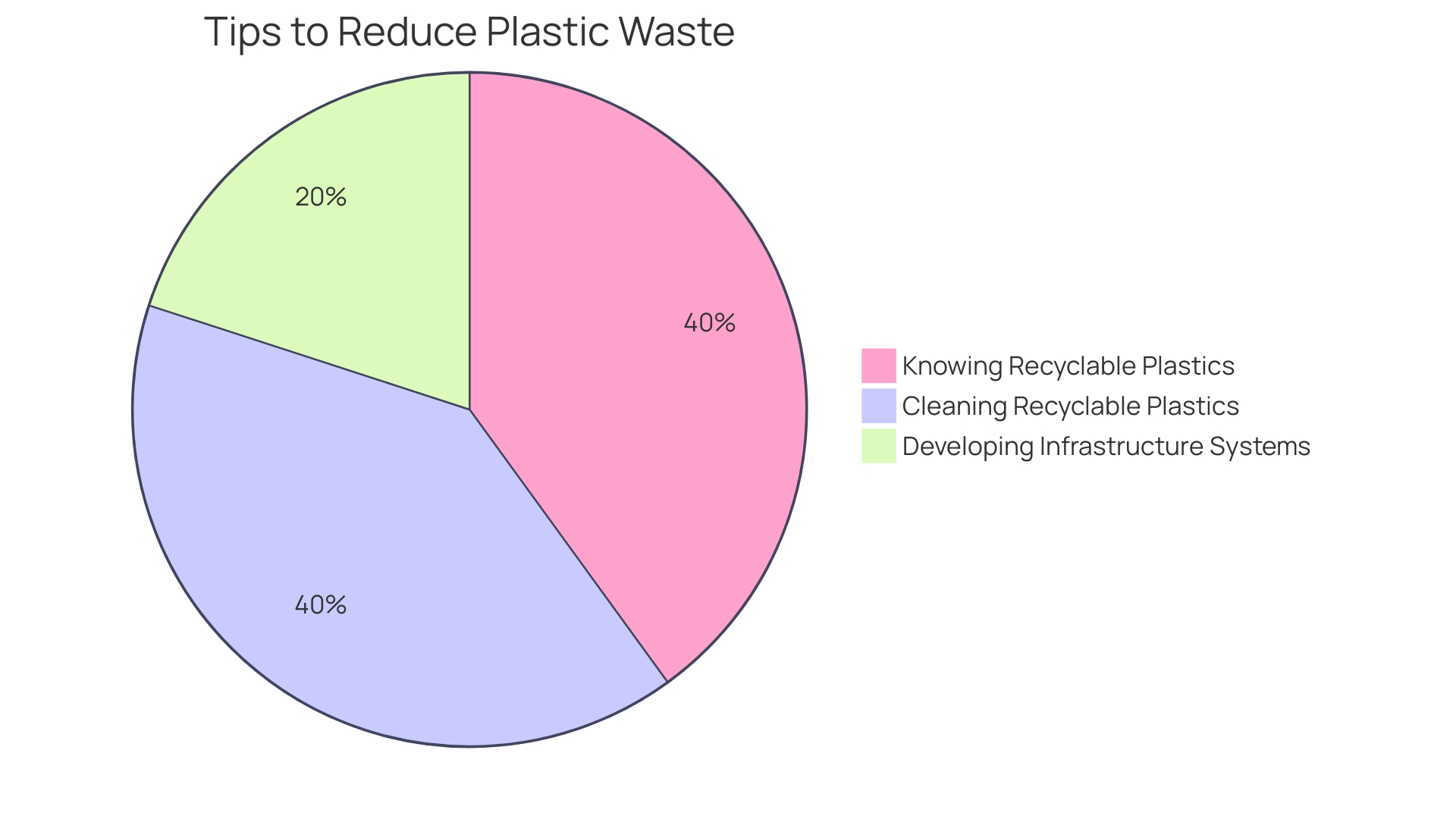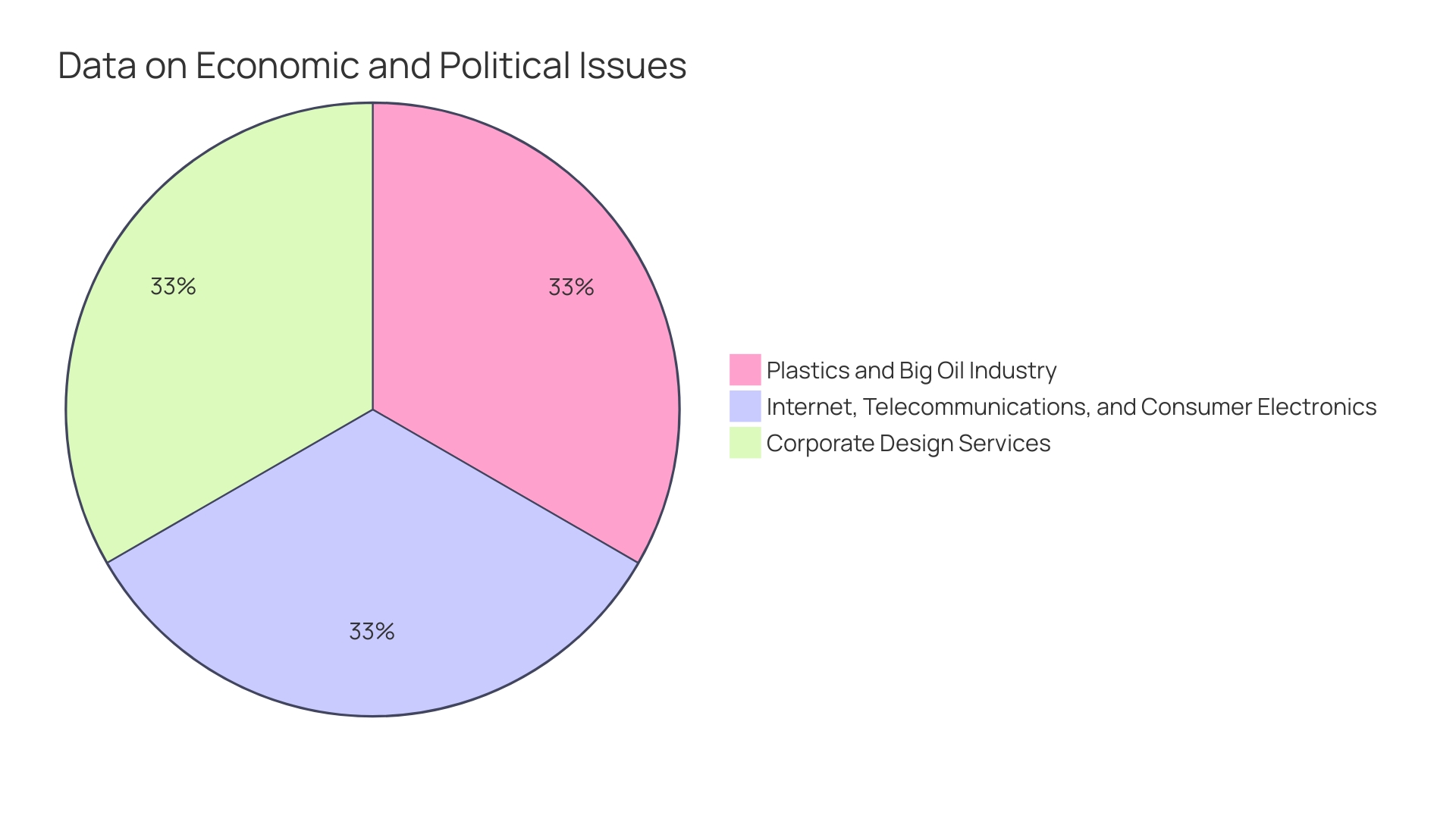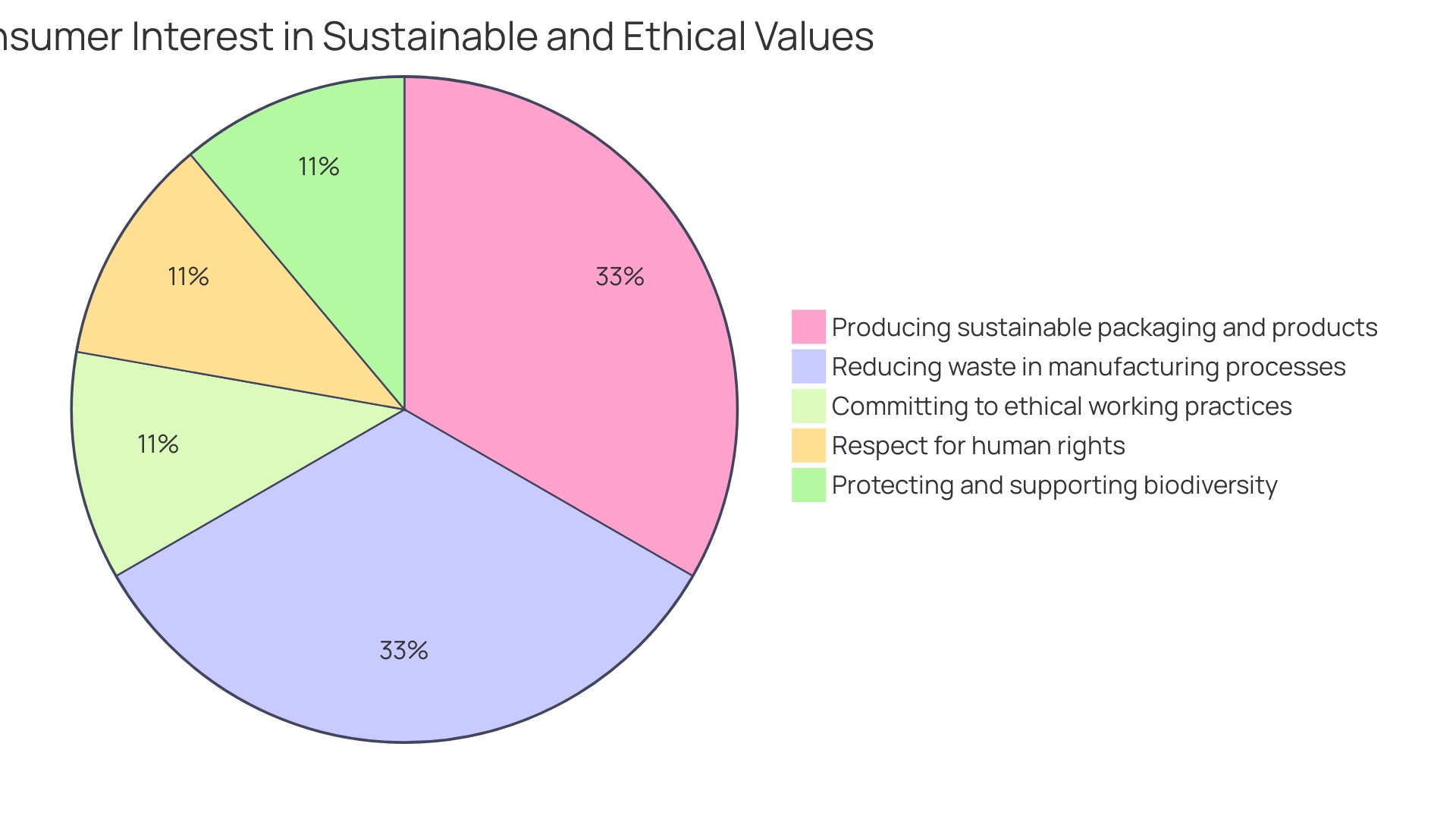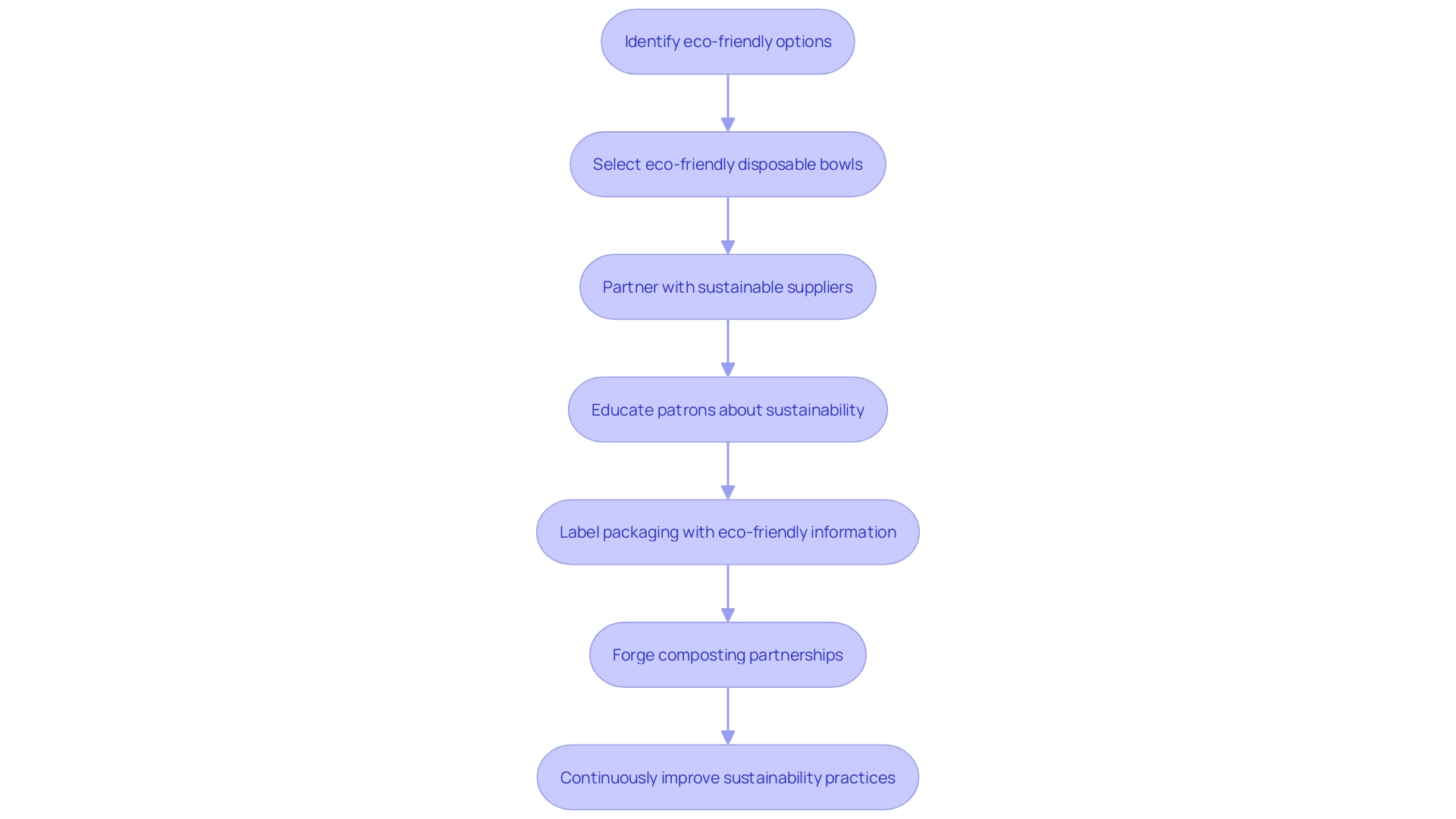Introduction
Disposable bowls have become a go-to solution for food enthusiasts on the move, offering convenience and ease when it comes to enjoying a variety of meals. From steamy soups to fresh salads and delightful ice creams, these bowls make it a breeze to savor your favorite dishes without the hassle of washing dishes afterward. The innovation in this space is truly exciting, with options like the Silipint lidded bowl revolutionizing the way we handle and reheat food.
But convenience is not the only factor driving the popularity of disposable bowls. Sustainability is also a growing trend, with manufacturers and consumers alike embracing eco-friendly options. In a world where online food ordering is on the rise and takeout and delivery have become the norm, innovative disposables are making the experience seamless.
From the assurance of quality and consistency to clever design features, disposable bowls are evolving to meet the demands of modern living. So whether you’re a busy professional or a host looking to simplify cleanups, these bowls are not just a practical choice—they’re a smart one.
The Convenience of Disposable Bowls
When it comes to convenience in our fast-paced world, disposable bowls are a staple for food enthusiasts on the move. Not only do they provide an easy solution for enjoying a variety of meals like steamy soups, fresh salads, and delightful ice creams, but they also make clean-up a breeze, eliminating the hassle of washing dishes after a joyful gathering or a quick meal.
The innovation in this space is truly exciting. Take the Silipint lidded bowl, for example; it’s revolutionized the way we reheat and handle food. Users have found that even when the contents are piping hot, the bowl remains cool to the touch, negating the need for oven mitts or towels.
This versatility proves indispensable, with many finding it to be their go-to container, far surpassing others in the cupboard for its multi-functionality.
Sustainability is also a growing trend, embraced by manufacturers and consumers alike. In the kitchen, conscious decisions are being made, from the selection of energy-efficient appliances to the incorporation of LED lighting and built-in recycling storage. This mindset extends to disposable bowls, where the demand for eco-friendly options has increased.
Moreover, the convenience of such disposables is reflected in the rise of online food ordering, a trend that’s here to stay. Statistics show that in the US alone, a staggering 80% of diners are ordering online as much or more than in previous years, with similar patterns observed in Australia, New Zealand, and Canada. This surge is supported by innovative disposables that make takeout and delivery a seamless experience.
From the assurance of quality and consistency in products, as highlighted by the CHSA’s accreditation schemes, to the clever design features that make products like Silipint bowls a household favorite, it’s clear that the world of disposable bowls is evolving to meet the demands of modern living. So, whether you’re a busy professional grabbing a meal on the go or a host looking to simplify post-party cleanups, disposable bowls are not just a practical choice—they’re a smart one.
Environmental Impact of Traditional Disposable Bowls
When considering the convenience of disposable bowls, one must not overlook their environmental footprint. Traditional options, often crafted from plastics such as polystyrene, pose a significant challenge due to their non-biodegradable nature, persisting for centuries and potentially disrupting ecosystems if not disposed of correctly. These materials are part of a wider issue, with approximately only 9% of plastic waste being recycled, and a staggering 60% of global plastic production catering to single-use items.
This issue places an unfair burden on low- and middle-income countries, where the repercussions of plastic waste, such as health risks and environmental damage, are disproportionately felt.
The potential hazards extend beyond the visible litter; even less conspicuous items like single-use coffee pods raise concerns. However, comparisons reveal that some of these products may have a lower carbon footprint than perceived. For instance, single-use coffee pods might actually have a smaller carbon impact than home-filtered or French press options when considering typical serving sizes.
In the realm of single-use items, attention has shifted towards their environmental and economic implications, particularly when infection prevention is not compromised by reusable alternatives. This shift in perspective is crucial as we strive to mitigate the ongoing damage caused by plastic pollution. It’s a call to action, echoing the need to transition away from disposable lifestyles, a concept marketed aggressively post-World War II, to more sustainable practices, such as those seen with the rise of Swedish dishcloths as an alternative to traditional paper towels.
As we navigate our choices, it becomes clear that a profound system overhaul is essential. The current trajectory, dominated by single-use plastics, threatens not just wildlife but also vulnerable communities through increased health risks and environmental degradation. The urgency for change is palpable, demanding immediate attention and action to foster a more sustainable and equitable future.

Eco-Friendly Alternatives to Traditional Disposable Bowls
Switching to compostable and biodegradable bowls can make a significant impact on our environment. These bowls are crafted from sustainable resources like sugarcane fiber, bamboo, or paper, which not only break down naturally without harming the environment but also resonate with the growing consumer desire for products that contribute to a sustainable future. With the stark reality that only a fraction of plastic waste is recycled, the shift towards materials that offer a guilt-free convenience is gaining traction.
Innovations, such as those from entrepreneurs replacing millions of plastic bags in India with eco-friendly alternatives, highlight the positive changes happening globally. Moreover, the use of such sustainable products aligns with expert advice, cautioning against the continued damages caused by plastic pollution. By choosing eco-friendly disposable bowls, individuals and businesses can play a crucial role in reducing the ecological footprint and supporting a healthier planet.
Benefits of Compostable and Biodegradable Bowls
Switching to compostable and biodegradable bowls isn’t just a trendy move; it’s a significant step towards addressing the massive issue of plastic waste. Unlike the mere 9% of plastic that’s recycled, these eco-friendly alternatives are crafted from renewable resources, slashing the reliance on fossil fuels. During their life cycle, they emit far fewer greenhouse gases compared to their traditional counterparts, and they require less energy to produce, which translates into a reduced carbon footprint.
When it’s time to dispose of them, they can be directed to composting facilities where they undergo a natural breakdown process. This not only avoids adding to landfill mass but also results in the creation of nutrient-rich soil, fostering a healthier environment. These bowls do more than hold your meals; they embody the principles of a circular economy and champion sustainable waste management, making them a smart pick for the planet-conscious consumer.

Examples of Sustainable Materials for Disposable Bowls
Exploring the realm of disposable bowls, there’s a delightful array of sustainable materials that not only serve your dining needs but also care for our planet. Let’s dive into sugarcane fiber bowls, which are quite the environmental heroes. These bowls are crafted from what was once considered waste in sugarcane processing, and their compostability is a triumph for eco-conscious disposal.
Bamboo bowls join the league of green options with their roots in one of the most rapidly renewable resources on Earth, making them a superb choice for those looking to minimize their carbon footprint.
Then we have paper bowls, which come with the promise of sustainability when they’re sourced from FSC-certified forests. This certification ensures that the paper is harvested in a responsible manner, aligning with environmental, social, and economic standards. Whether you’re cradling a hot soup or a cold scoop of ice cream, these materials stand up to the task with durability and dependability, all while keeping an eye on the well-being of our environment.
It’s like what a user of the innovative Silipint lidded bowl discovered – the joy of reheating food without the bowl becoming a hot potato. This revelation points to the importance of not just the material’s sustainability but its functionality in everyday life. And while we’re on the subject of materials, let’s not overlook the necessity of steering clear of harmful chemicals.
Plastics have been under scrutiny for their toxic constituents, and even paper products are not exempt from health concerns, as Bethanie Carney Almroth’s studies in ‘Environmental Pollution’ suggest.
Remember, every choice we make has a ripple effect. By opting for disposable bowls made from sustainable materials, we’re not just making a statement about our current lifestyle but also about the kind of future we want to cultivate.
Health and Safety Considerations of Eco-Friendly Bowls
Opting for eco-friendly bowls aligns with the global movement towards sustainability and personal well-being. These bowls are devoid of BPA and phthalates, harmful chemicals often found in traditional disposables. Not only do they ensure that your food remains uncontaminated by toxins, but they also contribute to a more sustainable future.
The trend towards using post-consumer recycled materials in manufacturing is growing, influenced by consumer demand and innovative material science. For instance, India’s dynamic plastic industry, predominantly composed of SMEs, is making significant strides in this area. As a consumer, your choice in selecting disposable bowls has implications that extend beyond your kitchen.
By choosing recyclable and toxin-free options, you’re not just making a healthy choice for yourself but also participating in a larger effort to foster a circular economy and support responsible manufacturing practices. Moreover, items like the Silipint lidded bowl have revolutionized kitchen convenience, allowing for safe reheating without the bowl becoming too hot to handle. This highlights the importance of functionality and safety in kitchenware.
Additionally, when you purchase products from local artisans, you’re not only getting a piece that reflects your culture but also supporting sustainable practices and the local economy. Ceramics, for example, are durable and can last for generations, embodying the very principles of sustainability. By choosing wisely, you’re investing in health, environmental responsibility, and the longevity of the products you use.
Consumer Preferences for Eco-Friendly Attributes
As the world leans into a greener future, eco-conscious customers are not just a niche market anymore; they’re a significant and growing segment. These savvy consumers prioritize sustainability, and they’re looking at the finer details, like whether disposable bowls are friendlier to the environment. A bowl that is kind to the planet?
That’s something they’re willing to invest in. Businesses that tap into this ethos, by offering disposable bowls that embrace eco-centric qualities – think sustainable packaging, reduced waste production, and ethical manufacturing – are not just doing good; they’re also smartly positioning themselves to appeal to a broader audience. It’s a move that resonates particularly well with everyday essentials, where consumer scrutiny on the environmental and ethical impact is most intense.
This trend is less about jumping on a bandwagon and more about aligning with the values that matter to people today. Ethical practices, respect for human rights, and biodiversity protection are the badges of honor that these products wear, making them not just a choice but a statement for those who buy them. For businesses, it’s an opportunity to shine in a competitive market by showing that they, too, share these values.

Practical Steps to Transition to Sustainable Disposable Bowls
Embarking on a journey toward sustainability in your business operations, especially when it involves a transition to eco-friendly disposable bowls, begins with a single step. Identify one item—like your disposable bowls—and consider how purchasing more sustainable options could make a significant impact. Partnering with suppliers who prioritize green practices is crucial, and you should inquire about their sustainability policies and the standards they uphold.
It’s not just about having eco-friendly products, but also about educating your patrons on the benefits of such choices. Highlighting the environmental cost of traditional disposables and sharing knowledge can inspire customers to support sustainable practices.
When it comes to packaging, transparency is key. Clear labeling that showcases the eco-friendly nature of your bowls helps customers make mindful choices and demonstrates your commitment to the environment. This step is vital in fostering consumer trust and aligning your brand with sustainability.
Moreover, it’s essential to go beyond just offering sustainable products by ensuring they end up in the right place post-use. Forge partnerships with local composting facilities to facilitate the proper disposal of your biodegradable bowls. Such collaborations ensure that your efforts in promoting sustainability extend through the entire lifecycle of your products.
Lastly, sustainability is an ongoing journey that requires continuous improvement. Regularly monitor your practices, seek feedback, and be willing to adapt and innovate. By doing so, you can stay ahead of the curve, meeting not only the current sustainability goals but also paving the way for future environmental initiatives.
Remember, every small change contributes to a larger impact, and by incorporating these strategies, your business can make a positive, eco-conscious difference.

Conclusion
Disposable bowls offer convenience and ease for food enthusiasts on the go, revolutionizing the way we handle and reheat food. But it’s not just about convenience; sustainability is also driving their popularity. With the rise of online food ordering and takeout, innovative disposables are making the experience seamless.
Switching to compostable and biodegradable bowls made from sustainable resources like sugarcane fiber, bamboo, or paper can have a significant impact on the environment. These bowls break down naturally, reducing our ecological footprint and supporting a healthier planet.
Opting for eco-friendly bowls aligns with the global movement towards sustainability and personal well-being. By choosing recyclable and toxin-free options, individuals and businesses are making a healthy choice for themselves and participating in a larger effort to foster a circular economy.
As eco-conscious customers become a significant and growing segment, businesses that offer disposable bowls with eco-centric qualities are smartly positioning themselves to appeal to a broader audience. Ethical practices and biodiversity protection are the badges of honor that these products wear, making them a statement for those who buy them.
Embarking on a journey toward sustainability in business operations starts with small steps. Partnering with suppliers who prioritize green practices, educating patrons on the benefits of sustainable choices, and ensuring proper disposal of biodegradable bowls are practical steps businesses can take.
By embracing sustainability and choosing eco-friendly disposable bowls, individuals and businesses are not only benefiting themselves but also making a statement about the kind of future they want to cultivate. Every small change contributes to a larger impact, and by incorporating these strategies, businesses can make a positive, eco-conscious difference.
Remember, convenience and sustainability can go hand in hand. By choosing disposable bowls that offer both, we can enjoy our favorite meals with ease while making a positive impact on the environment.
